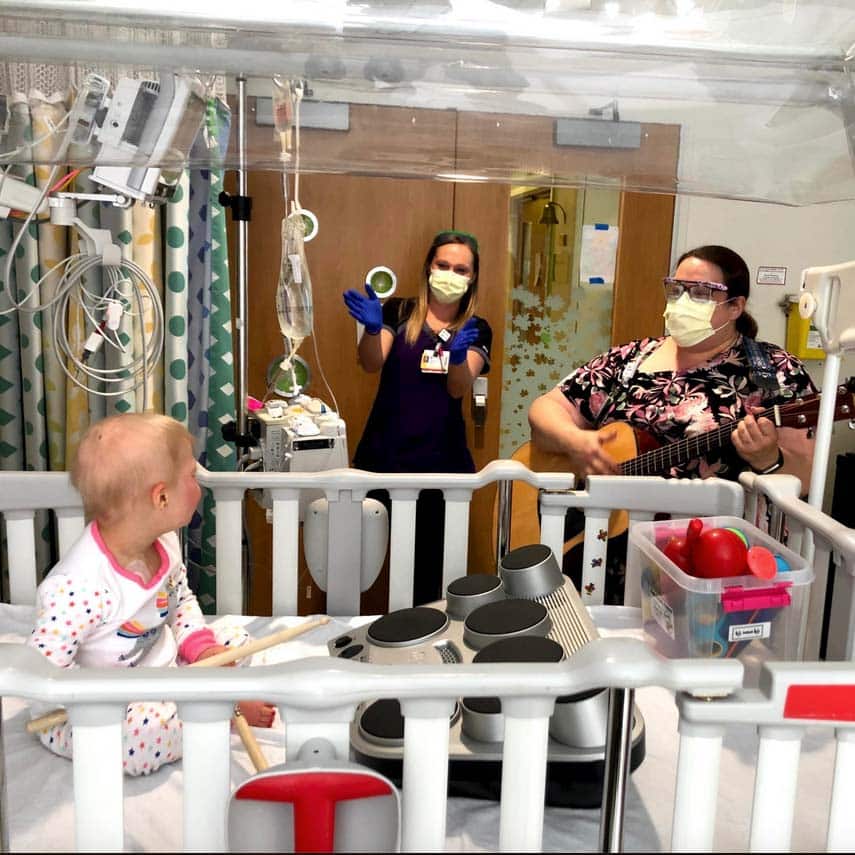A sound approach to care
Internist and psychiatrist George Engel (1913–1999) spent the majority of his career at the University of Rochester Medical Center with a dual appointments in the Department of Psychiatry and the Department of Medicine, beginning in 1946.
In his time with the University of Rochester, Engel became an increasingly strong advocate for psychosomatic medicine, believing that the biomedical approach was too limited. Under his direction, Rochester became a leader in the development of psychosomatic theory and training. Engel emphasized the need for medical students and practitioners to understand health and illness in the context of the patient’s life, weighing all familial, societal, cultural, and environmental factors.
The ultimate expression of Engel’s ideas are now known as the “biopsychosocial model.”
One way to experience the biopsychosocial approach to health care is to follow Eastman Performing Arts Medicine (EPAM).
Heal to the music
Established in 1997, EPAM helps patients of all ages cope with acute and chronic illnesses through listening to and creation music. Occasionally, the team will also provide patients with support during procedures.
“Evidence shows that music positively impacts the body and brain,” said Rosemary Obi, a senior music therapist who has been a part of EPAM since 2000. “Music therapy has been proven to reduce stress, pain and nausea, as well as improve body movement and emotional duress.”
Until Obi arrived, music therapy was limited to those receiving bone marrow transplants participating in a pilot study. Now, you can find team members in the neonatal and pediatric intensive care units, the pediatric cardiac care center, and adult units for rehabilitation and intensive care.
“I personally understand how music therapy relates to quality of life, and is helpful to both patients and their families,” says Gaelen McCormick, the director of EPAM, who was a member of the Rochester Philharmonic Orchestra. “Music connects us back to who we are as humans. There is an innate level of communicating through music.”
A transdisciplinary approach can lead to Boundless Possibility
The University is proudly among the nation’s elite health care systems, but maintaining this status will require creativity in the ways we learn, investigate, and deliver patient care. We need to be innovative, and like George Engel, challenge standards and norms.
Boundless Possibility, the University’s new strategic plan, intends to tap into areas of distinction such as “Musical Excellence and Innovation” and existing strengths like “performing arts medicine” to foster new collaborations that lead to breakthroughs and improvements in how we care for patients.
goal addressed
Related updates
Leading health equity at URMC, Wendy drives system-level change to ensure inclusive, accessible care for all patients across communities.
Meet Meghan Plate, a visionary administrator uniting diverse teams and pioneering innovative strategies to transform healthcare education at the School of Medicine and Dentistry.
Dive into a candid discussion on dynamic tactics and leadership shifts driving the University’s strategic plan—with transparency fueling progress.









